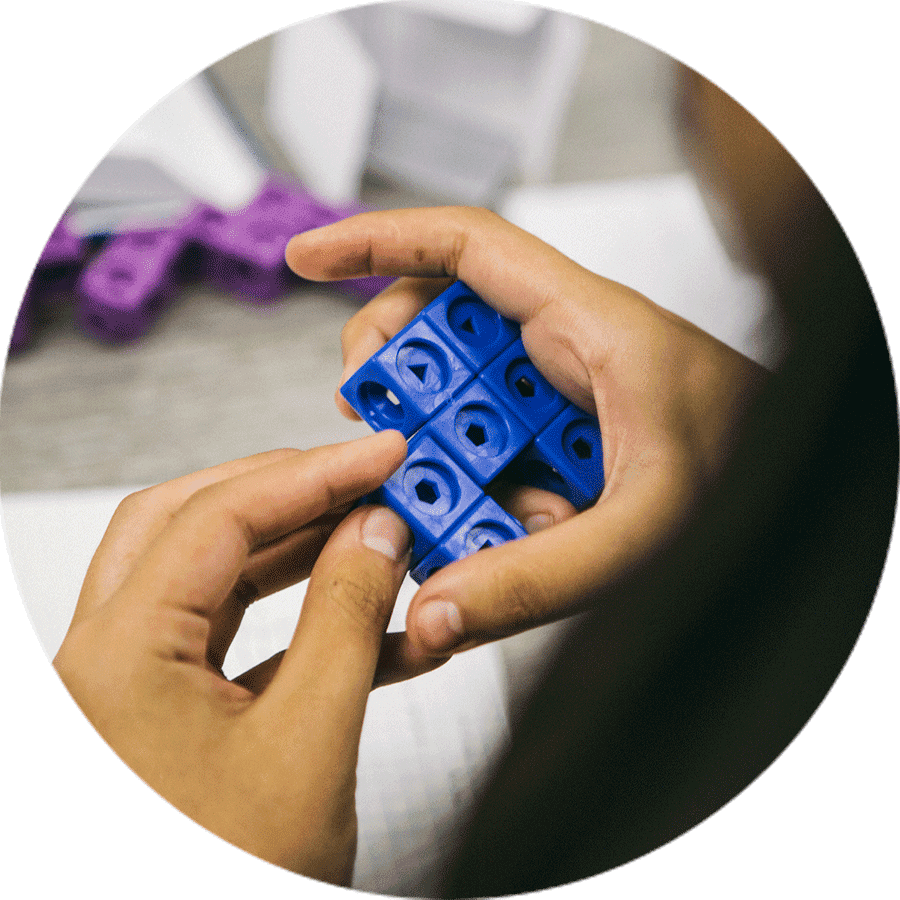1. Effective schools translate aspirations into measurable goals.

Let’s find richer ways to understand how a school is doing and to define success.
Fact:
More than 80% of parents overall, including 92% of Black parents and 78% of Hispanic parents, want to know how schools serve students like theirs.
Source: Data Quality Campaign.
High schools have long used traditional measures like grades, graduation rates, attendance, and standardized test scores to define quality and establish targets for success. Those measures matter, but they are no longer sufficient to understand if a school is truly preparing students for the future and achieving its vision as a school. They simply don’t tell us enough.
What will it really mean for graduates to be successful after high school? And what should it look like for them to be making good progress during high school? To be prepared for tomorrow’s world, students need high schools that thoughtfully and equitably take account of conventional measures as well as measures such as these:
- Social-emotional learning competencies
- Enrollment and success in college-ready and college-level coursework
- Demonstration of broad interdisciplinary competencies like creativity and persistence
- Participation in meaningful community-based learning experiences, such as internships and community service
- Postsecondary aspirations and mindsets
Thoughtful measurements can also help schools address patterns of inequity that are built into most high schools today. Are all students, or only some, achieving success on measures that matter? Are all students, or only some, getting the full benefit of what a school has to offer? Are all students and families, or only some, welcomed, treated respectfully, and challenged to do their best?
Every school should be organized around a core of student learning and development across multiple domains, such as the XQ Learning Objectives. But what you choose to measure, and how you go about measuring it, will depend in part on the specifics of your model. Think through the key elements of your model—the experiences you plan to offer to every student, your projections for enrollment and growth, your plans for staffing and teacher retention, and your expectations for school culture, teaching, and learning, student and family engagement, and community partnerships—and think about how to translate those into measurable goals and objectives.
Here’s an example: personalized, mastery-based high schools offer students voice and choice in their learning, and they allow students to progress through flexible pacing and scheduling. But that doesn’t mean they don’t establish clear, common expectations for success. An updated definition of competency-based education from the Aurora Institute (formerly iNACOL) emphasizes that “rigorous, common expectations for learning (knowledge, skills, and dispositions) are explicit, transparent, measurable, and transferable.”
Dive Deep
![student building with small blue blocks]() REMIQS Project
REMIQS ProjectThe Urban Institute has teamed with KnowledgeWorks to define a broader set of measures for identifying effective, equitable high schools.
Explore![student sitting looking forward]() Five Ways of Looking at School Quality
Five Ways of Looking at School QualityJames Noonan describes how a consortium of Massachusetts school districts is identifying ways to look at school quality that go beyond test scores.
Read![student smiling]() The Science of Summit
The Science of Summit“Content knowledge, cognitive skills, habits of success, and sense of purpose.” Discover how Summit Public Schools used scientific evidence to define four dimensions of student success
Read![the head of a dinosaur model]() Choosing a Learning Management System
Choosing a Learning Management SystemThe right LMS makes it easy to gather and deliver information to the people who need it across your school community. So how do you choose the right one? Check out reviews on this handy product index from EdSurge.
Read
Analyze
What are the key elements of your new or redesigned model, and how do you expect your school to grow in those areas over your first few years?
Step 1 – Research
Divide up the six XQ Design Principles among team members. Ask each person or group to identify one or more key elements of your school model that align with their principle. What do you expect the work in that area to look like in your first year? How will your work expand in scope and fidelity in later years? How might you measure development, in conventional measures and unconventional ones, as your model evolves?
Step 2 – Reflect
Share findings with your team, then discuss the following questions:
- How will conventional measures, such as course passing rates or attendance, help you understand the growth of our model and the experience of your students?
- How might unconventional measures, such as student satisfaction or family engagement, help round out your understanding? Go ahead and brainstorm creative ideas for understanding growth and improvement!
- What milestones do you expect to achieve in year-over-year growth and development in each area?




